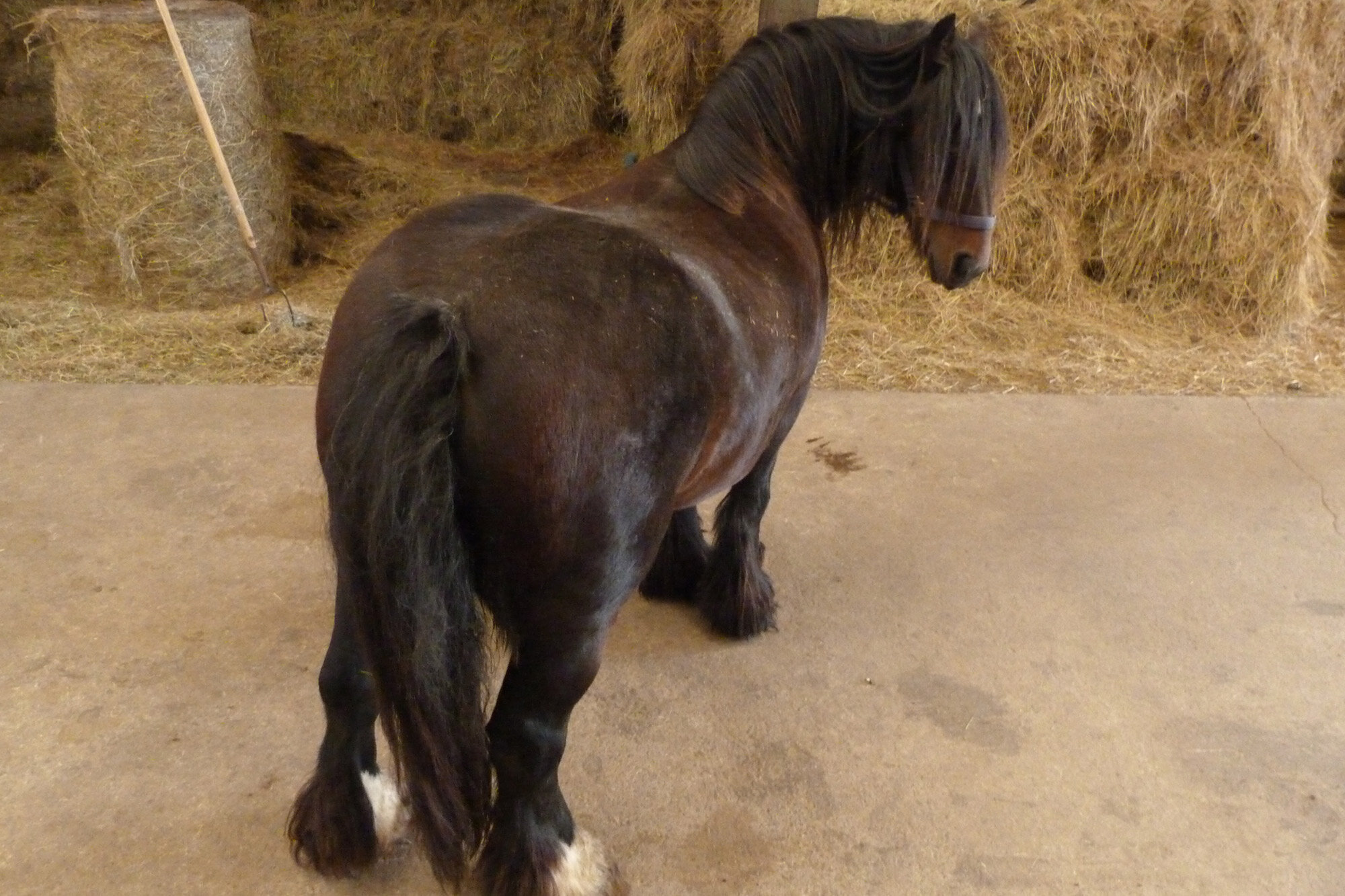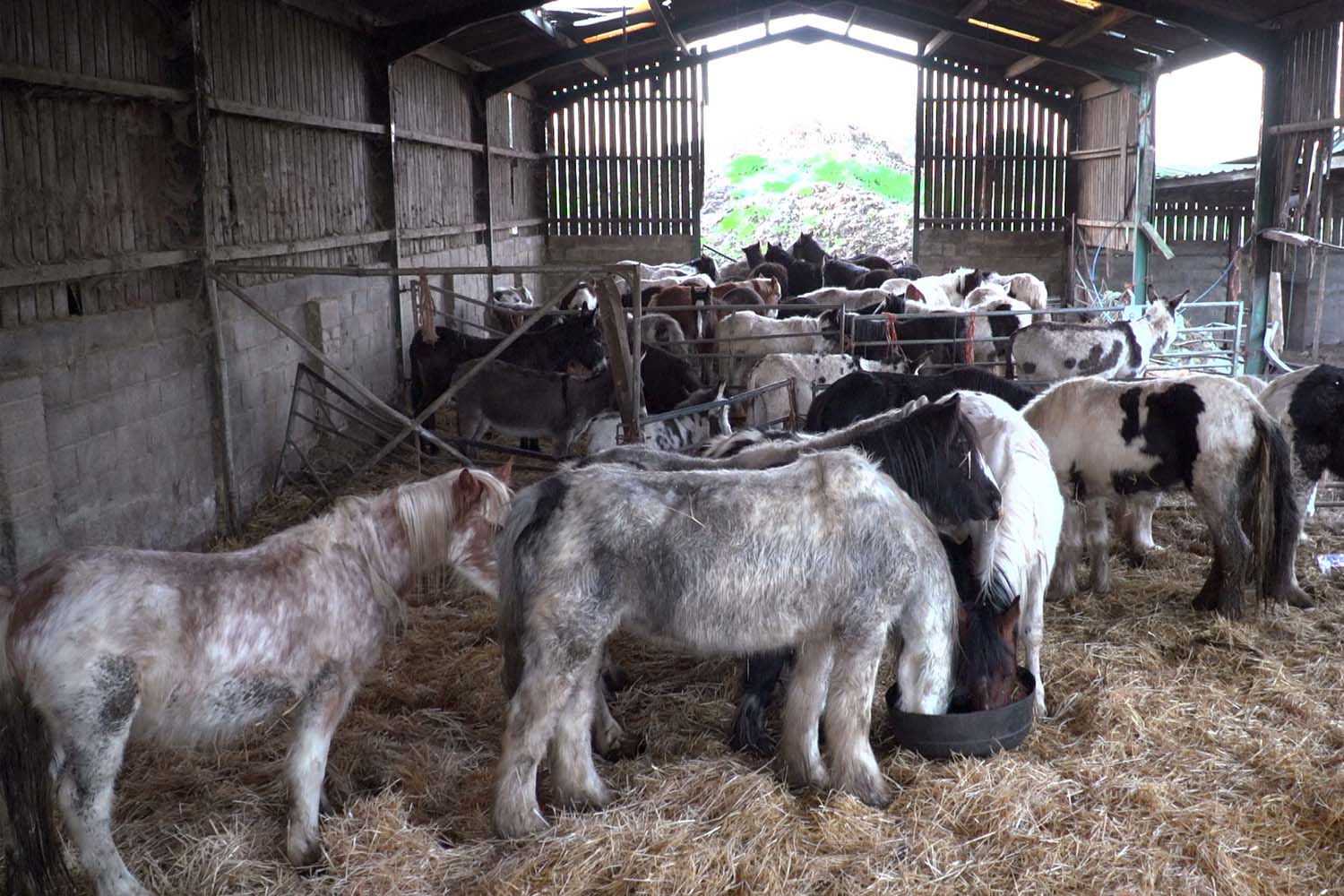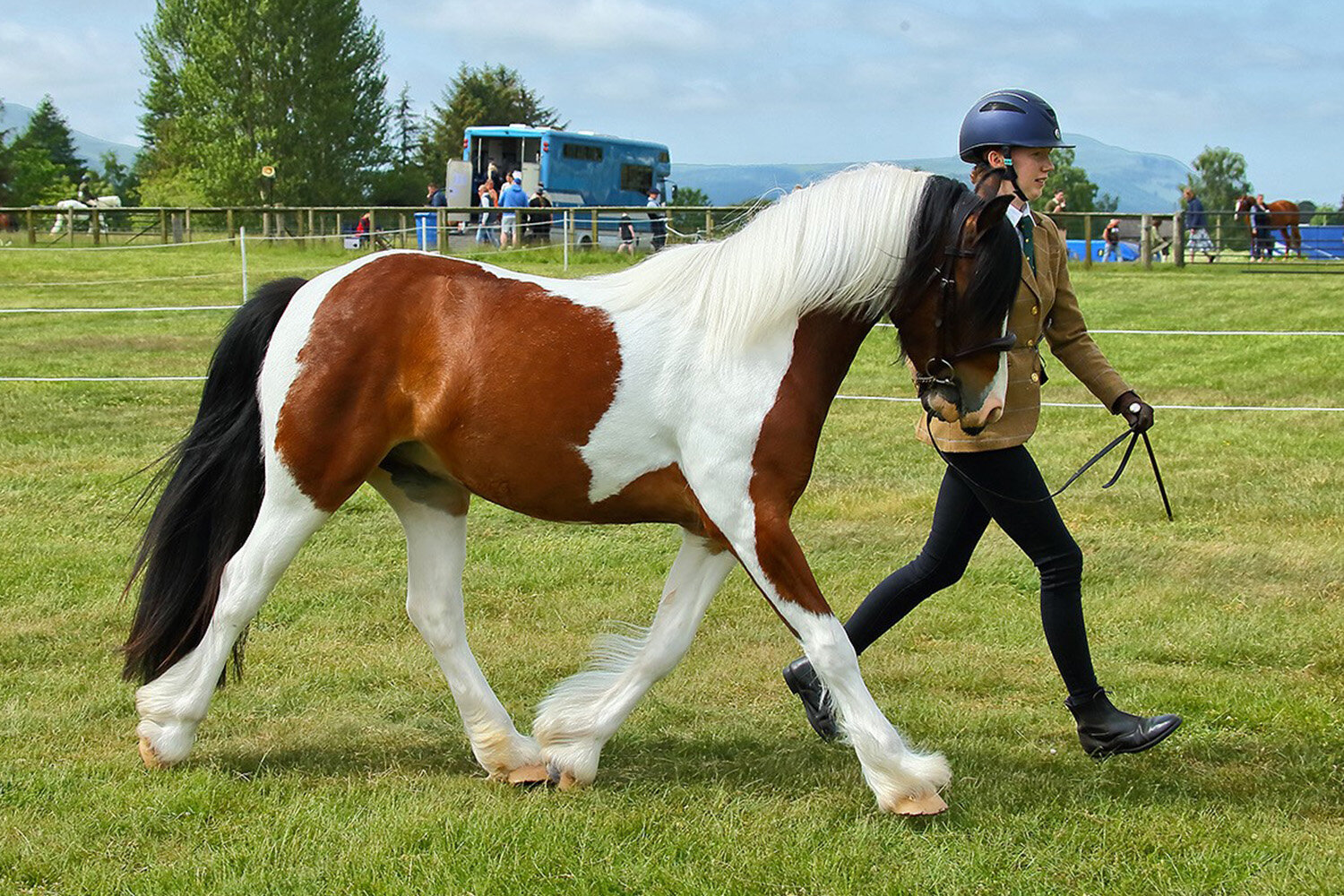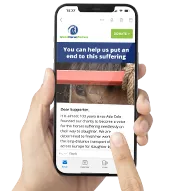A UK first, as drones used to assess population of semi-feral ponies on Welsh common
Six members of World Horse Welfare staff carried out the drone headcount in a single day.
Posted on 14/10/2025

A major collaborative project to protect the welfare of a population of semi-feral ponies on Gelligaer and Merthyr Common has taken a significant step forward with the help of technology. By using drones for the first time, the team from equine charity World Horse Welfare was able carry out a head count of the vulnerable ponies that call the common their home.
This headcount forms part of a wider strategic project, with the Gelligaer and Merthyr Commoners Association, Redwings Horse Sanctuary, RSPCA and World Horse Welfare working together to develop a long-term management plan for the herds of semi-feral ponies on the commons.
On Wednesday 24th September, six World Horse Welfare staff members, with the help of volunteers from local organisation Hungry Herds, carried out a comprehensive headcount to determine the overall population size. Using three drones and carrying out 30 individual flights, the team mapped the common and captured photographic records of all ponies seen on the day. Reviewing the data, to ensure there was no double counting, a total of 182 ponies were identified.
Months in the planning, an accurate population assessment was only made possible by the ability to use drones supported by the Atoll Drone Management System. “We had to cover an area of 3,000 hectares during daylight hours on a single day to ensure we could capture all the main herds as well as smaller satellite groups and not risk double counting,” explains World Horse Welfare’s Chief Field Officer Claire Gordon.
“On the day, where visibility and the terrain allowed, the team were able to use binoculars to see that some areas clearly had no ponies, so a total of 30 flights were carried out, rather than the 48 originally planned. Given the scale of the common and how well the ponies blend into their environment, it is a truly challenging task to carry out an accurate headcount and we’re delighted with how it went.”
Commons like Gelligaer are put under increasing pressure each year due to the unchecked breeding of abandoned and unowned horses and ponies, and the sheer numbers in the herds, who are competing for food and water alongside other livestock.
World Horse Welfare Field Officer Rachel Andrews has visited Gelligaer Common numerous times over the years, witnessing firsthand just how badly the more vulnerable ponies struggle in such a harsh environment, and was involved in carrying out the count. “We had a number of locals stop to ask what we were doing and the feedback was generally really positive when we explained that we were using the drones to obtain an accurate count of the ponies,” Rachel says. “The ponies weren’t fazed by the drones, so we didn’t have to go too high and could obtain good photographs of the individuals in each herd.”
Roxane Kirton, MRCVS, RSPCA Head Vet (Equine), said: “The drone count, the first of its kind on the commons, has enabled the organisations working on the project to get an accurate headcount. This is a crucial stage which will inform decisions on how to relieve population pressures in ways that best support the welfare needs of the ponies.
“The quality of the drone footage allows us not only to know overall numbers, but also the proportions of foals and youngsters in the group. Regular monitoring of population size and dynamics like this is incredibly important in order for us to make good decisions in population management and understand the impact of our interventions so far.”
Nic de Brauwere, Redwings Head of Welfare and Behaviour, said: “Having worked to help the ponies of Gelligaer and Merthyr Common for over 20 years, we know how quickly the herds can move, how well they can hide in inclement weather, and how difficult it is to get to large areas on the common; and therefore how difficult it can be to get a true picture of the numbers. We are very grateful to Hungry Herds for their support with this operation, which is a key milestone in our work towards a long-term future for the ponies where they can have happy and healthy lives on the common.”
For more information about the project, please visit: https://newc.co.uk/gelligaer-and-merthyr-common/
Topics
Related News

Thruppence was dangerously obese when she arrived
Thruppence has been transformed since she came into our care. Will you help other ponies in need this winter?

Suspended jail sentence for woman who failed to care for more than 130 horses
Christine Kelly disqualified from keeping animals for life after being convicted of 15 offences.
Recommended Blog Posts

We catch up with Cadbury and his rehomer on National Chocolate Day
The sweetest rescue pony makes the most of his second chance with rehomer Lucy.

Applying a whole horse approach at our rescue and rehoming centres
We catch up with Belwade Farm Centre Manager Eileen to find out more.
Enjoy reading stories like this?
Join over 65,000 other horse lovers and sign up for our email newsletter

Join over 65,000 other horse lovers and sign up for our email newsletter
Sign me up now
